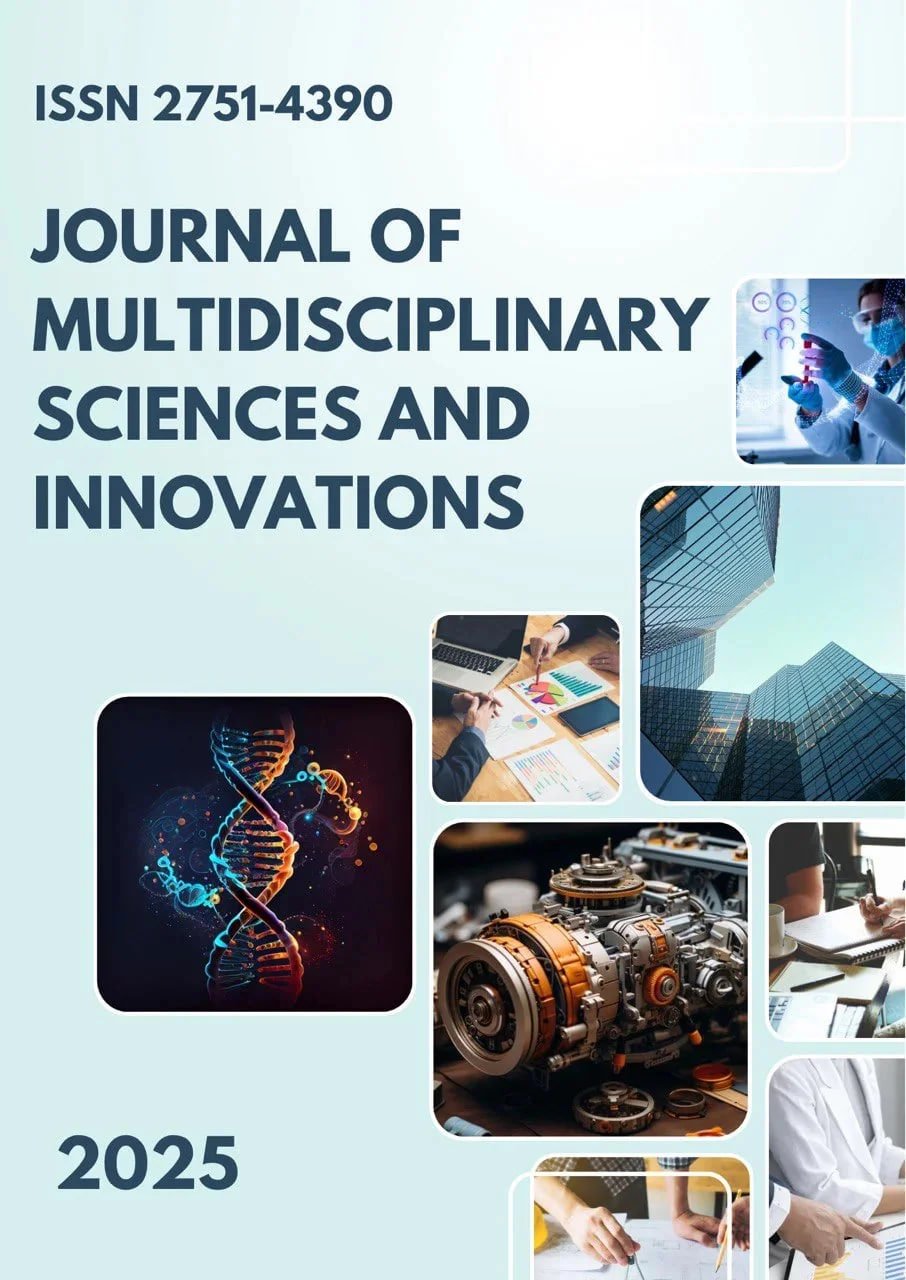AI-SUPPORTED PEER COLLABORATION IN LISTENING ACTIVITIES: EFFECTS ON COMPREHENSION AND INTERACTION
Main Article Content
Abstract
This study examines the impact of Artificial Intelligence (AI)-supported peer collaboration on listening comprehension and interactive communication among Uzbek secondary school EFL learners. In a five-week intervention, students engaged in structured group and pair activities using AI tools such as speech-enabled chatbots, adaptive listening platforms, and real-time feedback systems (e.g., ChatGPT, Listenwise, Google Read-Aloud). Compared to a control group that followed textbook-based individual listening tasks, the experimental group showed significantly greater gains in listening comprehension and interactive discourse features, including clarification, paraphrasing, and turn-taking. AI tools played a facilitative role in reducing learner anxiety, increasing motivation, and mediating peer discussions. Furthermore, structured peer roles enhanced collaborative task management and promoted deeper engagement. However, challenges such as unequal access to devices, intermittent connectivity, and over-reliance on AI responses were observed. The study concludes that AI-enhanced peer collaboration offers a promising and inclusive approach to improving listening skills in EFL classrooms when supported by adequate infrastructure, teacher guidance, and curriculum alignment.
Downloads
Article Details
Section

This work is licensed under a Creative Commons Attribution 4.0 International License.
Authors retain the copyright of their manuscripts, and all Open Access articles are disseminated under the terms of the Creative Commons Attribution License 4.0 (CC-BY), which licenses unrestricted use, distribution, and reproduction in any medium, provided that the original work is appropriately cited. The use of general descriptive names, trade names, trademarks, and so forth in this publication, even if not specifically identified, does not imply that these names are not protected by the relevant laws and regulations.
How to Cite
References
1.Kukulska-Hulme, A. (2020). Mobile and AI-assisted language learning: Future directions. ReCALL, 32(3), 245–264.
– Discusses the pedagogical applications of AI and mobile technologies for collaborative and individual language learning.
2.Godwin-Jones, R. (2021). AI and big data in language education: Realities and expectations. Language Learning & Technology, 25(3), 1–12.
– Provides a comprehensive overview of how AI can be integrated into communicative language teaching.
3.Vygotsky, L. S. (1978). Mind in Society: The Development of Higher Psychological Processes. Harvard University Press.
– A foundational text for understanding peer interaction and the sociocultural basis of learning.
4.Suvorov, R. (2019). Automated feedback in language assessment: Implications for pedagogy. Language Testing, 36(4), 523–538.
– Explores the role of AI-driven feedback tools in supporting language learners.
5.Li, V., & Warschauer, M. (2020). Emerging technologies and language learning: AI applications in listening comprehension. Language Learning & Technology, 24(3), 1–15.
– Focuses on the use of AI to support and measure gains in listening skills.

